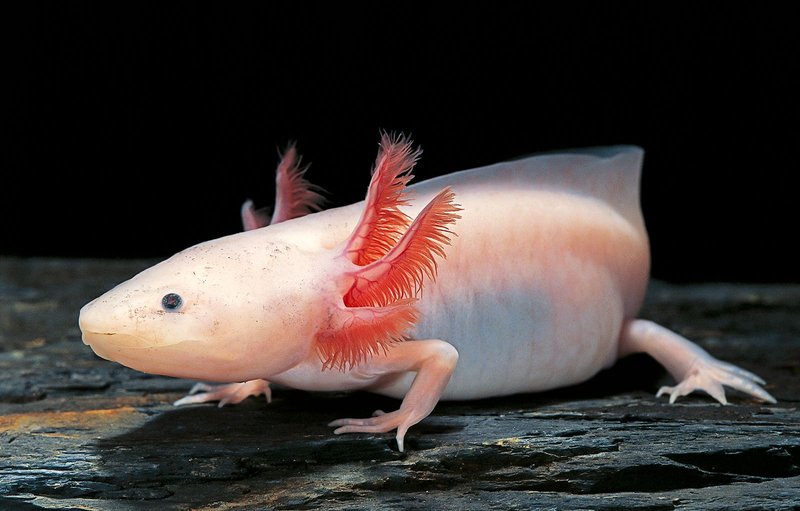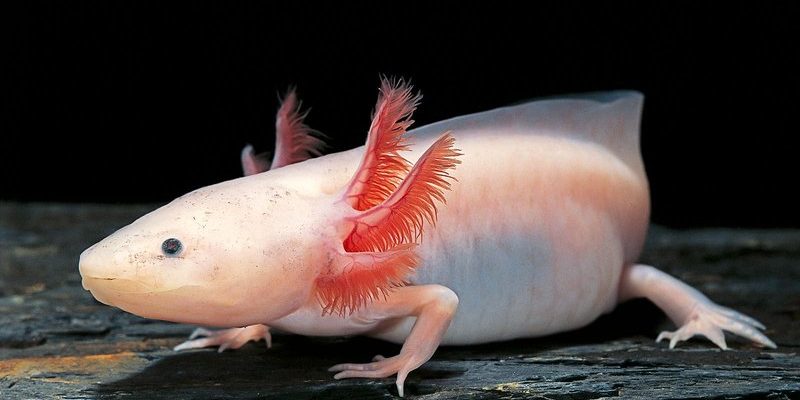
Generally speaking, an axolotl can live quite a long time compared to other pets—if given the right environment. Picture it: a little aquatic creature gracefully gliding around its tank, with a lifespan that may surprise you. In captivity, axolotls can often live between 10 and 15 years. That’s a commitment worth pondering as you prepare your home for your new aquatic buddy.
What Affects Axolotl Lifespan?
Several factors can influence how long your axolotl will live, and understanding these can help you provide the best care possible. First off, water quality plays a big role. Clean, properly maintained water can prevent diseases and stress. It’s not just about filling the tank and calling it a day; you’ll need to monitor pH levels, ammonia, and other factors regularly.
Diet is another key element. Axolotls are omnivores, so they require a balanced diet to thrive. You might feel tempted to feed them just any old fish food, but trust me, they’ll appreciate a variety that includes bloodworms, brine shrimp, or even specially formulated axolotl pellets. Good nutrition helps keep them strong and healthy, which directly impacts their lifespan.
Lastly, tank conditions—like temperature and space—are crucial too. Axolotls prefer a cooler environment, ideally between 60°F to 68°F (15°C to 20°C). If your tank gets too warm, it can stress them out, leading to a shorter life. Also, giving them enough room to roam in a spacious tank can enhance their well-being.
Common Health Issues and Their Impact
Just like any pet, axolotls can face health problems that may shorten their life expectancy. One common issue is fungal infections, often caused by poor water conditions. If you notice unusual growths or discoloration on your axolotl’s skin, it could be a sign that something is off in their environment. Quick action can often save the day, but neglect can lead to serious consequences.
Another issue is gill disease, which can result from stress, improper tank conditions, or inadequate nutrition. Watch for signs like lethargy or loss of appetite—these could indicate that your little buddy is not feeling their best. Addressing these issues quickly can sometimes make a significant difference in your axolotl’s lifespan.
Remember, it’s always better to be proactive than reactive. Regular check-ups and monitoring can help catch problems early. You might even consider joining online forums or local axolotl communities to swap care tips and share experiences.
Setting Up the Perfect Habitat
Creating a suitable habitat is crucial for your axolotl’s longevity. Start with a spacious tank—ideally at least 20 gallons for one axolotl—and make sure it’s equipped with a reliable filter. But wait! You can’t just throw in a filter and think you’re done. The filter needs to be gentle as axolotls can be sensitive to strong currents.
Decorate their home with hiding spots—think plants, caves, or even a few smooth rocks. Not only do these provide a sense of security, but they also give your pet places to explore. Just be sure nothing is sharp that could injure their delicate skin.
Lighting is important too, but axolotls don’t need bright lights. They prefer dim lighting or even no light at all, as too much brightness can stress them out. Consider using a simple light timer to simulate day and night cycles. A well-organized habitat can help your axolotl live a longer, happier life.
Feeding: The Key to a Long Life
As I mentioned earlier, what you feed your axolotl can make a world of difference. Their diet should be varied and nutritious. You might be wondering, what exactly does that look like?
Here’s a quick list of good food options:
- Pellets specifically made for axolotls
- Bloodworms (frozen or live)
- Brine shrimp
- Earthworms (cut them up if they’re too large)
- Small fish (as an occasional treat)
It’s also essential to avoid overfeeding. Staying within a regular feeding schedule can help prevent obesity and other health issues. Usually, feeding them every other day is a good rule of thumb. This way, you maintain their health without overwhelming their system.
Social Considerations for Your Axolotl
You might not think of axolotls as being social creatures, but they do benefit from a stable and calm environment. When introducing other tank mates, if you choose to, be careful. Not all fish or aquatic animals mix well with axolotls due to their sensitive nature.
The best practice is to keep them alone, as they can become stressed around other species. If compatibility issues arise, it can lead to aggression and injuries, which obviously won’t contribute to their lifespan. Think of it like a cozy apartment—sometimes, less is more.
Signs of Aging in Axolotls
As your axolotl matures, it’s crucial to know the signs of aging so you can provide the best possible care. One telling sign is a decrease in activity. While they are known to be fairly laid-back, if your axolotl becomes unusually sluggish or spends more time hiding, it might be time to evaluate what’s going on.
You may also notice changes in their gills. Healthy axolotls have bright, feathery gills, so any fading color can be a signal that they’re getting older or experiencing health issues. Lastly, pay attention to their appetite. If they start eating less or refusing food altogether, that could be a sign of aging or illness.
Keeping a keen eye on these signs can help you give your axolotl the care they need during their golden years.
Having an axolotl can be a rewarding experience, especially when you understand how to care for them properly. By providing the right conditions, a balanced diet, and attentive monitoring, you can help ensure that your axolotl lives a long, healthy life—potentially reaching 15 years or more in captivity.
It’s a journey of discovery and connection, and every little bit of knowledge you gain helps. So, as you dive into this world, remember that your new aquatic friend relies on you for their well-being. Happy axolotling!

